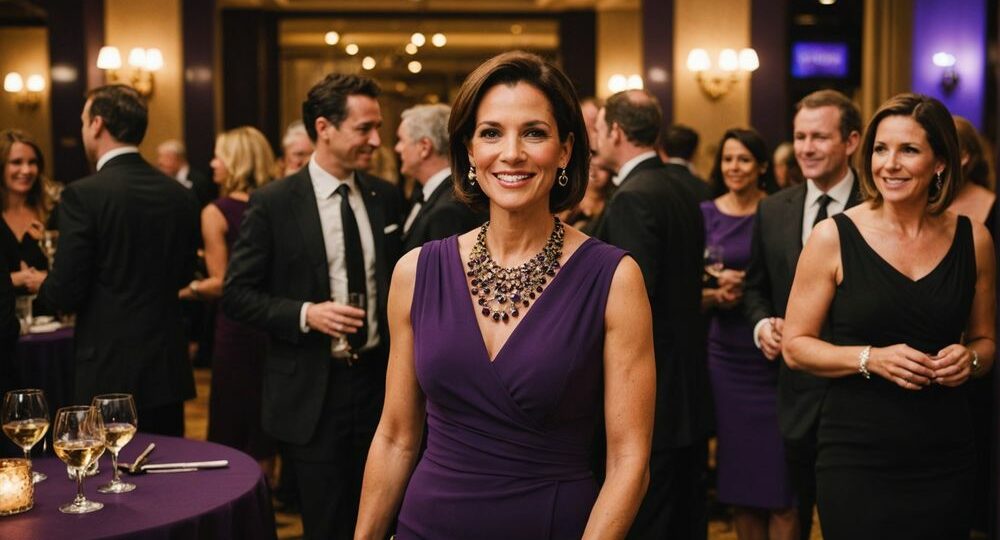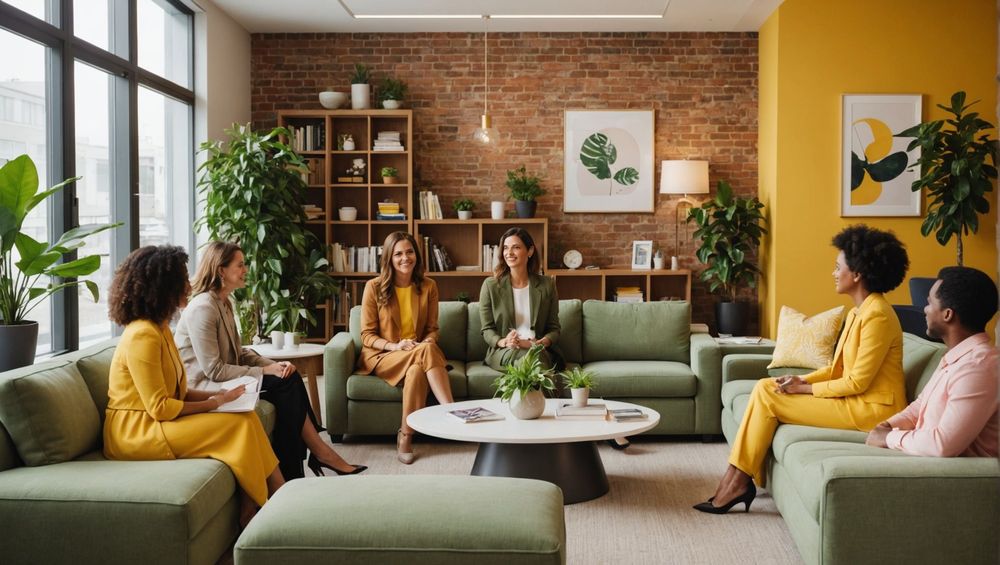
The Female Leader’s Ultimate Guide to What Colours to Wear
Choosing the right colours to wear is not just a matter of personal style; it can greatly influence a female leader’s presence and effectiveness in the workplace. This guide will explore how colour psychology, situational appropriateness, and personal branding can be harmonized to create a wardrobe that reflects confidence, authority, and professionalism. Whether you’re heading to a critical meeting, a networking event, or a casual office day, understanding the emotional impact of colours can enhance your leadership persona. Let’s dive in and discover the best shades that can empower you in your role.
Understanding Colour Psychology

Colour psychology plays a significant role in how individuals perceive leadership qualities. Each colour evokes different emotions and responses, impacting both the wearer and those around them. For female leaders, selecting the appropriate colours can help convey messages of power, trust, and innovation. Here’s what some of the most common colours signify:
- Blue: Represents trust, stability, and confidence. It is often used in business settings to embody professionalism.
- Red: Symbolizes passion, energy, and strength. This colour can draw attention and assert authority.
- Yellow: Associated with optimism and creativity. Although bright, it can also promote a sense of happiness.
- Green: Suggests balance and harmony, ideal for leaders looking to foster cooperation.
- Purple: Linked with luxury and ambition. This colour portrays a sense of prestige and creativity.
By understanding these associations, female leaders can make informed decisions about what to wear in different contexts. For instance, donning a blue blazer during a presentation may instill confidence in your audience, while a red dress at a networking event could help to command attention. Awareness of how colours impact perception empowers you to curate an image that aligns with your leadership style.
Choosing Colours for Different Situations

The choice of colours can vary significantly based on the environment and occasion. As a female leader, you’ll likely navigate varying scenarios where the right colour can either uplift or undermine your message. Here are some tips for selecting colours based on specific contexts:
- Formal Meetings: Opt for neutral, classic colours such as navy, black, or grey. These shades project professionalism and authority.
- Networking Events: Choose bolder colours like red or purple to captivate and engage your audience. They can help create a memorable impact.
- Creative Workshops: Bright colours like yellow or turquoise foster creativity and collaboration among team members.
- Informal Gatherings: Casual, soft colours such as pastel shades can convey approachability and warmth.
- Presentations: A mix of powerful colours—think blue, red, and white—can create a dynamic visual that keeps your audience interested.
By adapting your colour choices to fit the scenario, you express not only your personal style but also your strategic mindset as a leader. This adaptability can help you connect with your audience and make a lasting impression.
Personal Branding and Your Colour Palette
Establishing a strong personal brand is crucial for female leaders looking to stand out in their fields. A defined colour palette can enhance your brand identity, making you easily recognizable among peers. Start by identifying the key qualities you want to convey:
- Professionalism: Stick to classic colours like navy and grey.
- Creativity: Incorporate vibrant colours like orange or teal to demonstrate innovation.
- Trustworthiness: Use shades of blue that establish a sense of reliability.
- Approachability: Soft, lighter colours can help you connect better with your team and clients.
By aligning your wardrobe with your personal brand, you create a cohesive and strong image that can significantly enhance your presence. The goal is to be memorable, and consistent colour choices can aid in achieving this. Think of your wardrobe as a visual statement of your values, mission, and leadership style.
The Impact of Accessories on Your Overall Look
Choosing the right accessories in conjunction with your main outfit colours can amplify your leadership message. Accessories like scarves, jewelry, and handbags offer additional opportunities to play with colour without overwhelming your appearance. Keep these tips in mind as you accessorize:
- Contrast: Use accessories to contrast with your outfit colour to create visual interest.
- Complement: Select accessory colours that complement your main outfit colour, enhancing overall harmony.
- Minimalism: Less is often more; choose a few statement pieces rather than overloaded embellishments.
Accessorizing smartly not only enriches your outfit but also sends subtle messages about your attention to detail and style. For instance, a bold necklace can make a simple outfit pop, giving it a commanding aura. The right accessory can bridge the gap between casual and formal, showcasing your versatility as a leader.
Conclusion
Your wardrobe colors play an essential role in shaping your identity as a female leader. By mastering colour psychology, adapting to various situations, and establishing a personal brand through your choices, you can enhance your professional presence. Understanding the impact of both your clothing and accessory colours allows you to embody confidence and authority, making you a more effective leader. Ultimately, let your wardrobe express who you are and what you stand for while leveraging the power of colour to elevate your leadership journey.
FAQs
1. Which colours are best for formal business settings?
The best colours for formal business settings are typically neutral shades like navy, black, or grey. These convey professionalism and authority.
2. How can I incorporate bold colours into my wardrobe?
You can incorporate bold colours through statement pieces such as blazers, dresses, or accessories. Start with one bold item and balance it with neutral surroundings.
3. Do colours affect my mood as a leader?
Yes, colours can influence your mood and confidence levels. Wearing colours that make you feel empowered can enhance your performance as a leader.
4. How do I choose colours that suit my skin tone?
Identify whether you have a warm or cool skin tone. Warm skin tones tend to suit earthy or golden hues, while cool tones complement jewel shades.
5. Can my choice of colour improve my team’s morale?
Absolutely! Using vibrant and uplifting colours can create a positive atmosphere, enhancing team morale and increasing creativity within the workspace.